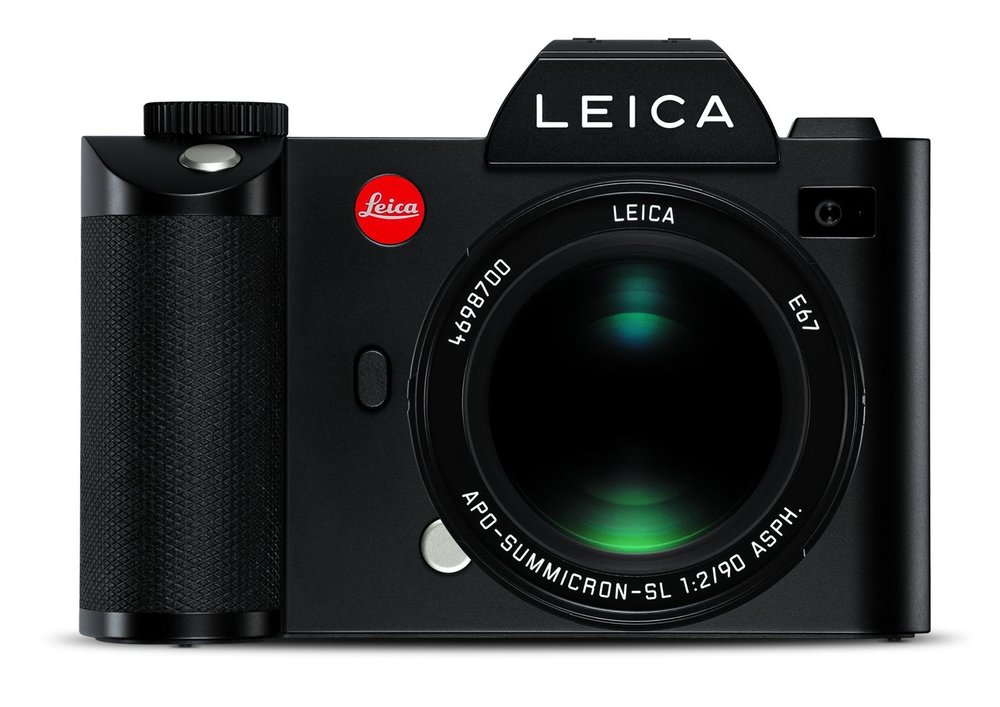
This week at Photokina has been one of the most newsworthy I can remember, especially for Leica followers. Usually, Leica is something of an afterthought at a major exhibition such as this, but this year it is fair to say that Leica and both the M-Mount and L-Mount have grabbed the headlines. Panasonic and Sigma have had their input, but it is the Leica brand that has been foremost in journalists’ minds this year. I regret not going to Cologne this time, although I reasoned that since I am in Wetzlar next weekend for the LHSA meeting, I didn’t want to travel twice — and to have waited around would have been pointless.
More surprises
Yesterday we got further surprises, first from Zeiss which is to produce the ZX1 camera, an attractive fixed-lens full-frame competitor to the Leica Q and RX1. Zeiss has been in partnership with Sony for the RX1, supplying the f/2 Sonnar-T lens, so there is a sound basis for the new camera. The rear of the RX1 reminds me of the Leica TL more than anything, and the company is majoring on technology, with Lightroom built into the firmware.
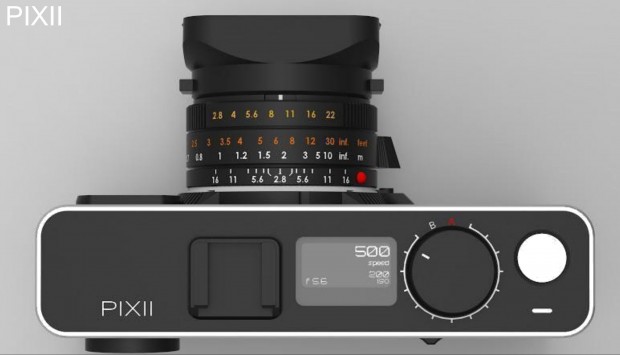
Potentially of more interest to Leica owners, though, is the Pixii digital camera with Leica M-Mount (the Pixii M mount?). Details are a bit sketchy, but it will supposedly be made in France. The camera looks interesting. But I hate that name and don’t envisage a Pixii at the bottom of my garden. And yet… within seconds of this post appearing I received an email from David Barth of Pixii. He tells me that the camera is named after the French instrument maker, Hippolyte Pixii, so it does make some sort of sense. Maybe next we will have a British M-Mount digital, the Isambard Kingdom Brunel Special Edition.
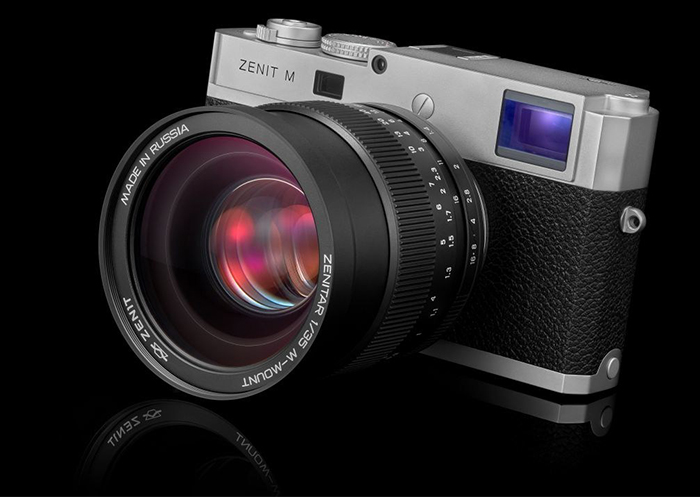
If this camera can substantially undercut the M10 — and I do mean by a considerable margin — then it might find a market. That said, many potential buyers will conclude that a used M10 or even an M240 would be a better investment. It’s a challenging market to break into, especially with limited funding and the need to demonstrate continuity and an ability to fund after-sales service.
I’m hoping to open a nice channel of communication here and will bring you more Pixii dust in due course.
Exciting
Overall, however, this has been a very exciting week, and press reactions will have pleased Wetzlar. Even the new S3 has had some rave reviews, and the future for the brand must be looking rosier.
The Panasonic/Sigma alliance with Leica is a huge story; at one fell swoop Leica has ensured the future of the L-mount and injected new life into both the APS-C and full-frame mirrorless cameras from Wetzlar. Owners of TLs, CLs and SLs will be keeping a close eye on developments. Even CL owners might now be tempted to pick up a used T on the basis that it is now part of an extensive eco-system.
The Sigma presence is also extremely interesting. Dr Kaufmann heaped praise on the optical prowess of Sigma, leading some to conclude that some Leica lenses, especially the TL range, might actually have been made by Sigma. We can surely look forward to some enticing new glass from Sigma. They already have the lenses, including long zooms, and will now be working on adapting them to L.
And that full-frame 24-120mm zoom from Panasonic will also be in demand by Leica owners. We don’t yet know aperture but, from the size of the mock-up, I imagine it can be no faster than f/4 at 24mm, probably tailing off from there. An f/2.8-f/4 is too much to hope for, I feel. Nonetheless, it will fill a gap in the SL lens lineup, offering the same very usable range as the Leica DG 12-60mm for micro four-thirds. I always feel this is the perfect range for a standard zoom, and the 24mm starting point (rather than 28mm) is now becoming essential in marketing terms.
SL Market
On the purely Leica front, rumours about a new, smaller SL persist and the absence of an announcement was actually one of the surprises this week. After digesting the news, however, I no longer believe it will be a simple rebadging of the Lumix S, not least because this camera would be too near in size to the SL and would be a direct competitor. I believe it will be a new camera, perhaps a tad larger than the Sony a7III (note my comments on mount size later in this article), but smaller than the SL.
Up to this week, such a camera seemed doubtful if only because of the lack of lenses — the existing SL lenses would be too big and expensive, I presume. But with Panasonic and Sigma in the picture, a smaller SL looks highly viable.
As a market commentary, It is significant that the prices of used SLs have dropped by over 10% in the past few months. At the beginning of the summer, dealers were getting £4,000 for a good used SL, but prices in the £3,200-£3,400 range are now commonplace. Persistent rumours of a smaller version could be the reason — although I do not think any new camera would be a direct replacement for the SL. It is perhaps more a reflection of SL owners wanting something that (they hope) will perform as well but weigh less. However, with the LMA news, prices of SLs could revive.
Leica still has to rebadge the Panasonic Lumix LX100II as a D-Lux, and I feel sure we will see this camera within the next few months. Having abandoned the numbering sequence (in some misguided attempt to ape Apple’s strange terminology), I fully expect the new D-Lux to revert to a specific numerical sequence. It will probably be the D-Lux 7, although, in reality, it should be the D-Lux 8. But, the same argument could apply to the M10, which really should have been the M11.
Typ Dies und Typ Das
I hope Leica has learned its lesson with the foolish M240, M262, X Typ dies und das experiment and is now firmly back on track with a system we can all understand. The new D-Lux, which we know all about from the LX100 II, will be a useful upgrade but not necessarily a must-buy item for existing owners. On the contrary, I see many D-Lux owners clinging on to their current models which, I think, will hold their value on the used market because of this.
All this activity, and primarily the announcement of the L-Mount Alliance, has caused me to reflect on my current cameras and where I want to go in the future. Despite forays into m4/3 and lustful glances cast at the Sony a7III and the new Nikon Z, I am increasingly concluding that I should go with just one lens mount for mirrorless cameras. The L-Mount is suitable for both full frame and APS-C and now has excellent potential, as Panasonic and Sigma have recognised. It is also big enough to support wide apertures, perhaps as wide as f/1, on a mirrorless sensor.
This is where Sony, being first in the market, could have problems. The E-Mount was developed originally for APS-C, and it is smaller than the other three main full-frame mounts, thus limiting its ability to deal with very wide apertures. Some have said that f/1.4 is the limit, although Voigtländer seems to have no problems with its f/1.2 optic for E-Mount. Whatever the precise details, the M-Mount is the smallest of the four in comparison with LMA’S L, Nikon’s Z and Canon’s RF mounts, and this could prove to be a problem in the future.
Prescient
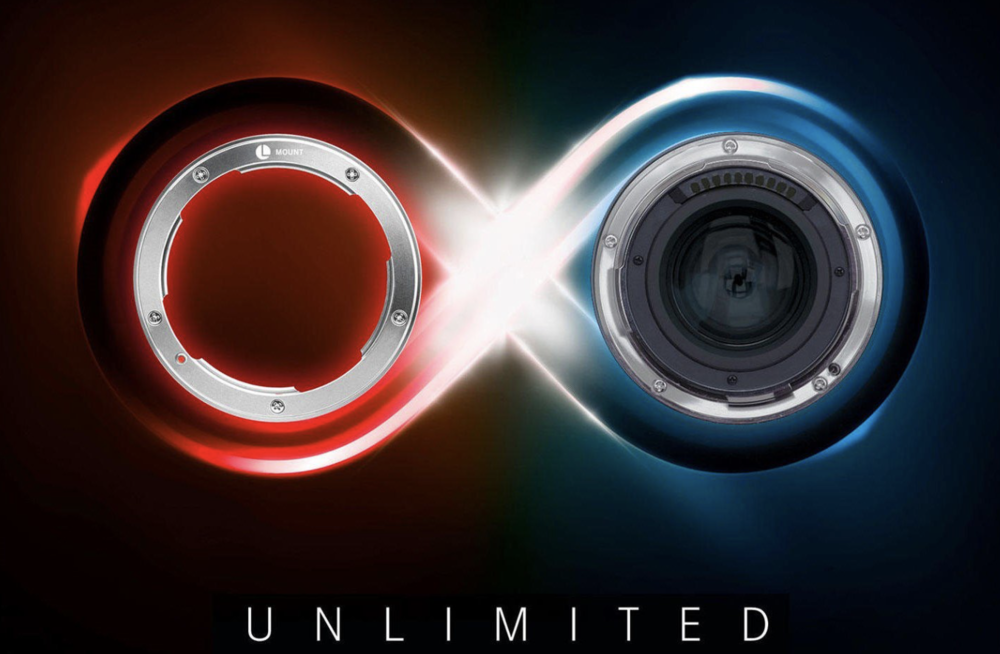
Leica, on the other hand, designed the L mount for full-frame. When it first appeared on the Leica T, it was notably huge, too large by some accounts. But without doubt, Leica had its roadmap well sorted at the launch of T in 2015. The SL was already on the stocks, complete with those XXL lenses, and needed a more substantial lens mount.
As things have turned out, the development of the L mount was a remarkably prescient move on Leica’s part. It could well be one of the most crucial milestones in the company’s history. Even now, it bears comparison with the introduction of the M-Mount in 1953 and could turn out to be the M-Mount’s equivalent in the digital mirrorless world.
For Leica owners, the world suddenly got a lot more interesting this week. The L-Mount is enjoying a much-needed boost while the old M-Mount gets a new least of life in its senior years.
____________

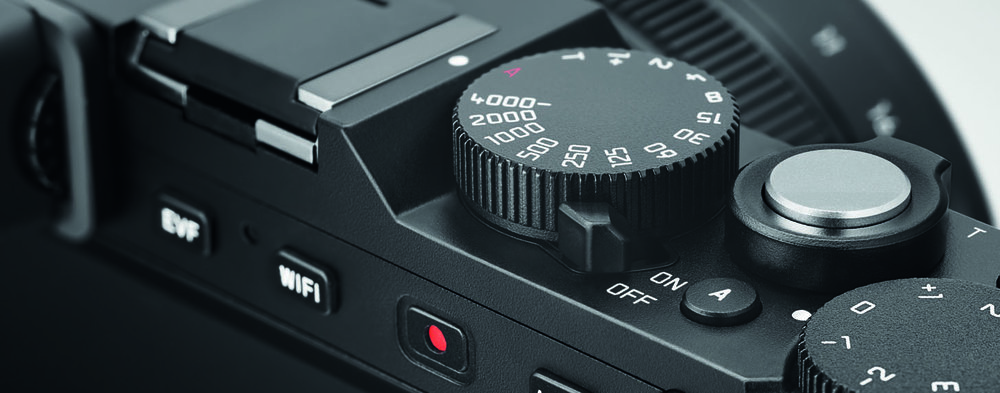
Zeiss ZX1: A camera Leica could have (should have?) made.
I suspect that the camera that I am most interested seeing will be the Sigma Foveon development for L-mount. They have announced that it is in development, but given that there were no prototypes to be seen it may be a while off.
A Foveon based camera would be a very nice complement to Leica M and SL systems for low ISO portraits, landscape and architecture.
No sure I agree. All I read is negative comments about the S3, the Zenit and even the Panasonic deal people are confused by. I would say it looks like shaky ground at the moment. I have never read so much negativity about Leica before, even from Staunch Leicaphiles.
The ground is shaky for the camera industry just now and there are no signs that it will improve anytime soon. Diversification and aggregation will be the order of the day for the future. ‘Staunch Leicaphiles’, as you call them, need to look forwards and not backwards. Leica needs to do these things in order to ensure that there will continue to be new Leicas for ‘Leicaphiles’ to play with.
William
Et encore merci Michel – Si vous continuerez a ecrire en Francais vous pouvez atterte Brexit avec une seule main!
PLUS JE VOUS LIS PLUS J’AI ENVIE DE VOUS RELIRE… QUEL PLAISIR. UN ENORME MERCI POUR VOTRE TRAVAIL SUR L’ACTUALITE PHOTO DE LA PHOTOKINA
DP.
Mon plaisir. Et je vous remercie de votre soutien.
Mike
The last two months have been a little new camera bonkers, in terms of manufacturers all pushing the new full frame mirrorless beast. The last week has been even heavier going trying to keep up with all of the new ideas, new camera’s, new allegiances and old allegiances producing collaborative new goods from old ideas.
I think Mike, you deserve the weekend off at the very least, as I haven no idea how you kept churning out stuff to keep up with the glut of information floating around.
I for one will continue to produce images on my travels from my current line up – I have some stuff up my sleeve as usual that I haven’t discussed with you yet.
Ta for the last few days.
Dave S
Thank you again, Dave. It’s been an exciting week but I am looking forward to my week in Germany. I look forward to seeing what’s up your sleeve.
Hello Mike
First a huge Thank You for the amazing job you’ve been doing to cover the photokina. So many new cameras and lenses. It just makes you feel dizzy… I guess I won’t upgrade and stick to my X2 and ricoh grd3&4 which are a pleasure to use and which I know all too well. I’ll be then able to invest in planes tickets and meet new people and see new places and hopefully get good shots. Looking forward to your post from Wetzlar.
Cheers
Jean
Hi Jean, Thank you, and I do appreciate your support, Even though you have a good set up, it’s always nice to see what’s new out there. Mike
Following the LMA’s ‘Photokina sabre rattling’, it’s likely that Leica/Panasonic/Sigma are now focusing on the 2020 Tokyo Olympics, which, provided they can ‘deliver’ in time, offers the LMA actual professional product exposure opportunities … and the prestige prospect of showing Sony, Nikon & Canon, the LMA’s established (by then) ‘many L lenses’ presence in the crowded mirrorless marketplace.
It certainly was a very interesting week for Leica! I’m looking forward to going to wetzlar next week too. Should be a great trip!
Ah, so come up and introduce yourself during the week…. Good to hear you are going also. Mike
Hi Mike,
One thing is puzzling me about the Zeiss PIXII, if it is an M mount camera how come it has a fixed lens, surely an M mount is interchangeable?
David
David, PIXII is a French camera … not Zeiss … with full specification still t.b.a
David, as Dunk has said, these are two very different cameras. The Pixii is a digital rangefinder with Leica mount, thus able to work with most if not all our lenses. The Zeiss is a fixed-lens 35mm camera with some similarities with the Sony RX1 but with a 36MP full-frame sensor.